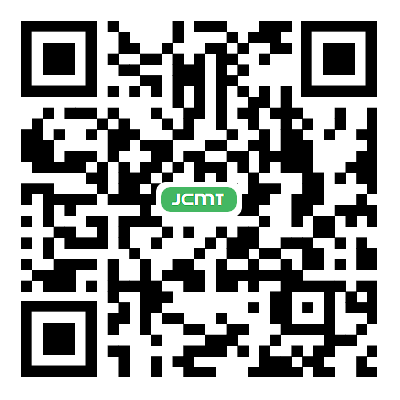fig8

Figure 8. (A) HNSCC signaling pathways. VEGFR, integrin, and EGFR/HER2 activate SRC, initiating three different regulatory pathways (STAT3, RAS/RAF, and Gab-1); eventually, all of these pathways lead to carcinogenic modifications. TKR starts the PI3K pathway and PTEN inhibits it. The function of NOTCH will also lead to cancer. (B) Esophageal SCC signaling pathway. There are about two kinds of separated pathways that trigger the cancerous gene amplification in the cell. The first one is activated by YAP1, SOX2, and SOX9. The PI3K and mTOR get activated, respectively. Activation of mTOR is responsible for genetic changes in the cell. There is also a novel regulatory pathway started by TOPK that finally triggers genetic changes by STAT3. (C) Cutaneous SCC. (D) Oral SCC. By binding the growth factors to the receptor tyrosine kinase, GEFs get activated. Due to that, some different pathways including SRC/STAT, PI3K/AKT/ERK, and RAS/RAF/ERK trigger the cancerous changes in cell DNA. (E) Lung SCC. Lung SCC signaling pathways. EGFR mutations affect two important pathways: PI3K and RAS. Additionally, FGFR1 amplifications activate STAT3 and RAS/RAF/MAPK. All of the mentioned pathways exacerbate the cancerous changes in the cell. The only inhibitory factor is PTEN by deactivating PIP2 to PKC converting reaction.








